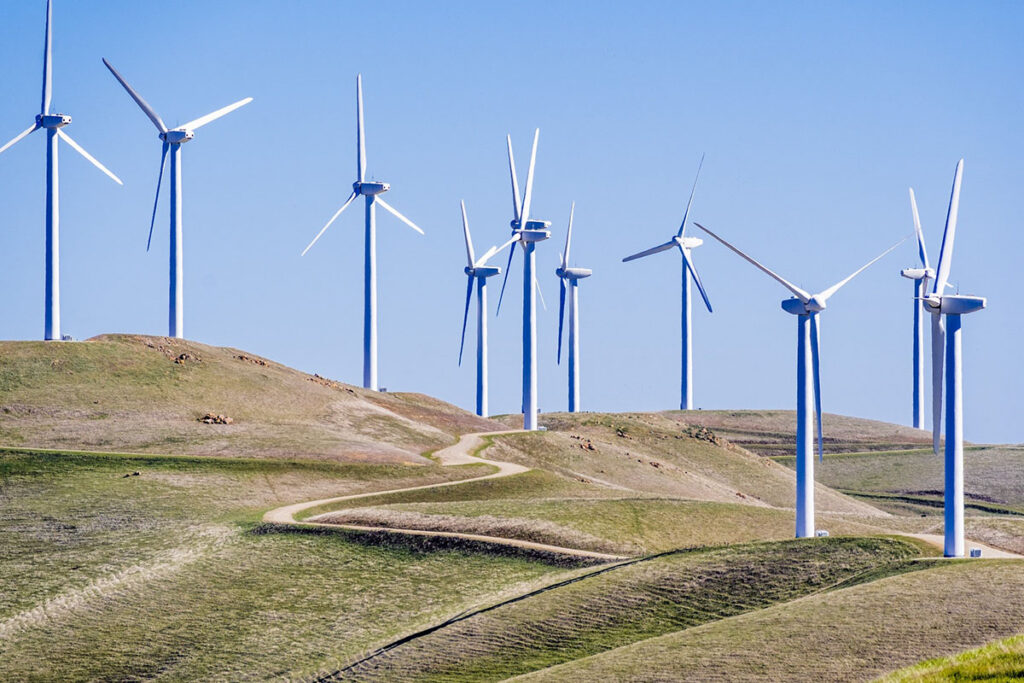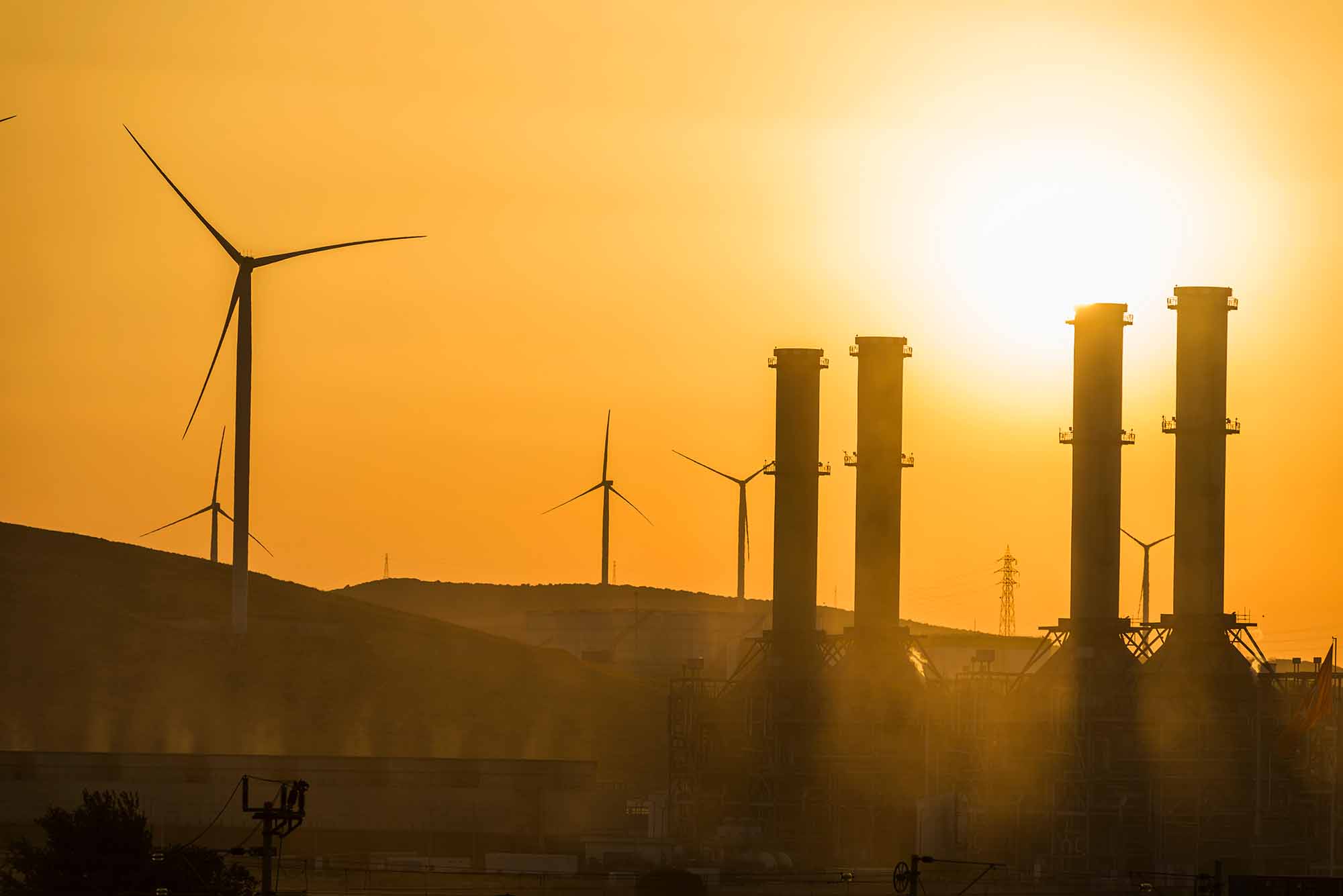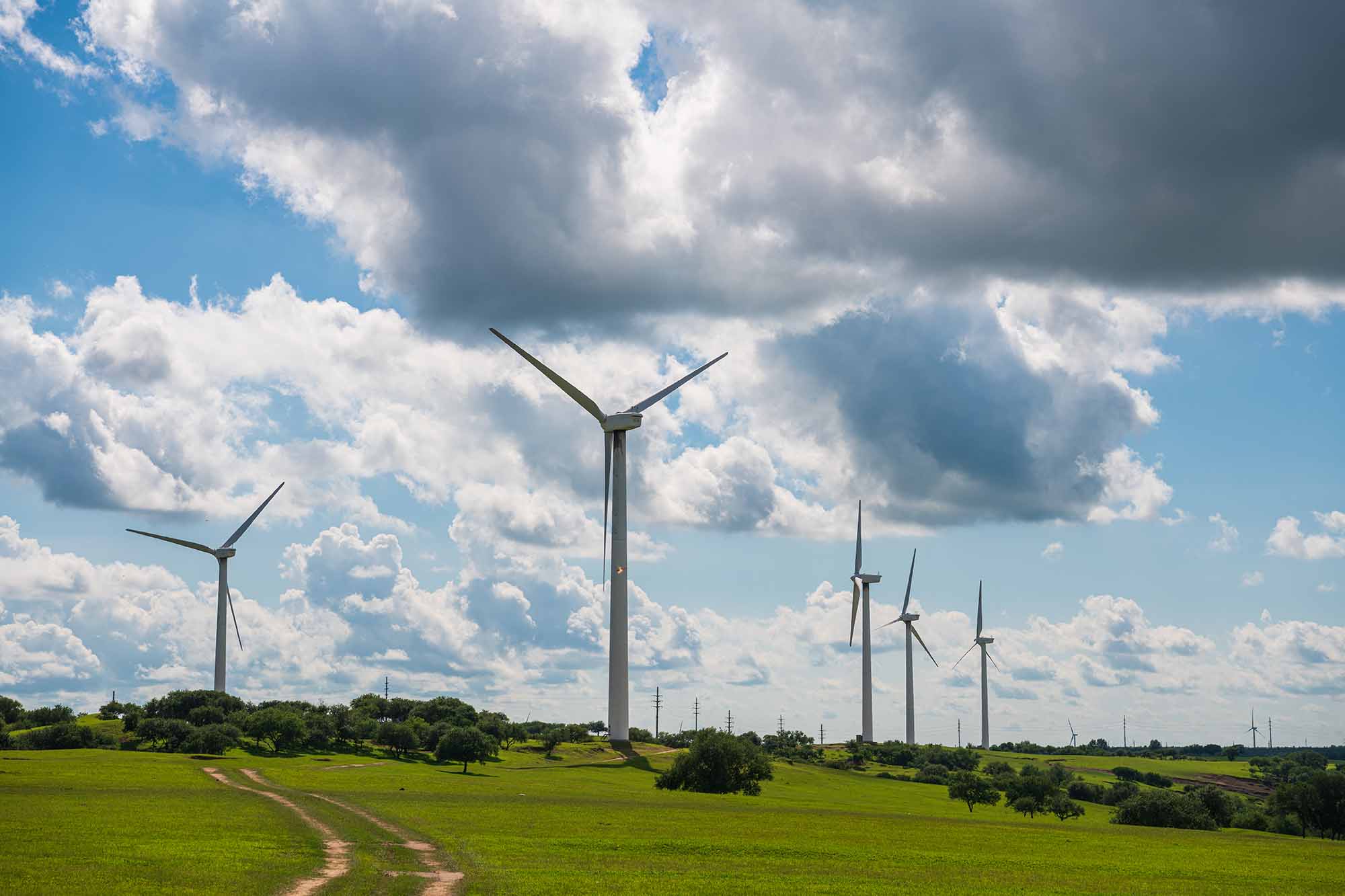WWW.RENEWABLEENERGYWORLD.COM
A bill that would have opened the door for someone other than Dominion Energy to supply Virginia with the remaining amount of offshore wind energy it needs to comply with the Virginia Clean Economy Act won’t be considered until 2025 after senators voted to carry it over to the next session.
The legislation from Sen. Creigh Deeds, D-Charlottesville, was backed by multiple major renewable energy companies and would have required the Virginia Department of Energy to conduct a competitive bidding process for non-utility developers to provide that needed amount of electricity.
“I’m worried that we’re not going to meet our goals on alternative energy,” Deeds said in a Jan. 29 meeting of the Senate Commerce and Labor Committee, which he chairs.
But Deeds chose not to put the bill up for debate, instead saying it could be sent to the Commission on Electric Utility Regulation for consideration.
“I’m pretty good at counting votes, and I just didn’t have the votes to get the bill out of committee,” Deeds told the Mercury. “I am hopeful the CEUR can look at the bill and produce something we can get passed.”
Dominion, however, has said the proposal is a bad idea because buying power from a third-party offshore wind developer could be more expensive than producing the power itself through a utility-owned wind farm like the Coastal Virginia Offshore Wind project that is under construction.
“Virginia is leading the nation in offshore wind because our regulatory model is working,” said Aaron Ruby, a spokesman for Dominion. “We’re building the largest project in the country, it’s one of the least expensive, and it’s on time and on budget.”
What the bill would do
Under the Virginia Clean Economy Act, a law passed in 2020 that requires the state’s electric grid to decarbonize by 2050, Dominion must propose the construction or purchase of offshore wind facilities capable of producing up to 5.2 gigawatts of electricity by the end of 2035. The utility is currently constructing the 2.6-gigawatt CVOW project to deliver the first tranche of that requirement.
Deeds’ bill would have altered that plan by letting Dominion fulfill its requirements by purchasing energy from a third party that develops offshore wind off Virginia’s coast. It would also have ordered the state Department of Energy to hold a competitive bidding process to secure the remaining 2.6 gigawatts of wind energy Dominion needs to meet its larger target.
That process would occur within three months of the federal government issuing a lease in the Central Atlantic. Dominion would be allowed to enter a bid to supply energy if it acquires another offshore wind lease and constructs its own facility.
The state Department of Energy would select the winning bid within two years of issuing the request for proposals based on construction costs, economic and environmental impacts, and inflation predictions. The State Corporation Commission, Dominion’s regulators, would then approve the winning bid and take over regulatory oversight of the electricity being delivered to Virginia for the project.
“We left that safeguard in place,” said Ken Kimmell, vice president of offshore wind development for renewable energy developer Avangrid, which is developing a wind project off the coast of North Carolina and is one of the backers of Deeds’ bill.
Limited leases
Non-utility wind developers have argued the bill is necessary because limited wind lease areas could prevent Dominion from being able to build new offshore wind projects.
The federal Bureau of Ocean Energy Management oversees the creation of lease areas where offshore wind can be developed. This July, BOEM finalized the boundaries of three new wind areas in the Mid-Atlantic region: one near the coast of Delaware Bay, another off the coast of Ocean City, Maryland and a third adjacent to Dominion’s CVOW off Virginia Beach. In December, however, the bureau excluded the Maryland site from its proposed list of leases to auction off, saying its development would require “significant costs and mitigation.”
While BOEM said the Maryland area could be part of a potential second lease sale that could occur as early as 2025, the removal of the site from immediate consideration has driven up developer interest in the area off Virginia Beach.
Evan Vaughan, executive director of MAREC Action, a coalition of renewable energy developers backing the bill, said the auction for the area adjacent to CVOW is going to be “hotly contested.” Allowing other companies to compete to supply Virginia with energy from that site, he argued, could help drive down ratepayer costs as developers vie to make their bids more attractive to the state.
“It’s a cost containment mechanism that ultimately will help ensure that Virginia ratepayers get the best deal for offshore wind,” Vaughan said, although he acknowledged that companies would also stand to benefit from the legislation.
Furthermore, he argued, because wind developers can sell electricity in Maryland, the winner of the lease off Virginia Beach could choose to sell the electricity it generates to that state.
“In that case, Dominion literally has no way to meet the VCEA, period, unless they find a way to contract with one of those companies out of their own volition, which up til this point, they haven’t done,” Vaughan said.
A system that’s working?
Dominion in turn has argued there’s no need to fix things that aren’t broken.
“Let’s stick with the model that’s working for future projects,” Ruby said. “It’s the best way to build offshore wind affordably for our customers.”
While the $9.8 billion CVOW is moving forward, he said, other offshore wind projects along the East Coast are facing stiff headwinds, with projected cost increases or cancellations. Meanwhile, Ruby noted the utility recently adjusted CVOW’s levelized cost of electricity – the estimated cost of building and operating an energy facility over its lifetime – from $80 to $90 per megawatt-hour to $77 per megawatt-hour. This August, analysts at BloombergNEF calculated that the levelized cost of electricity for U.S. offshore wind projects had risen almost 50% between 2021 and 2023, to over $114 per megawatt-hour.
“The PPA model is clearly not working,” said Ruby, referring to the power purchase agreements that govern the sale of electricity from non-utilities to energy suppliers. “Many of the PPA projects are either delayed, cancelled, or significantly more expensive than CVOW.”
Dominion also said it’s too early to be worried about not getting the lease and aired concerns that giving oversight of the bid process to the Department of Energy would erode the SCC’s powers, an issue numerous lawmakers, environmental groups and ratepayer advocates have said is detrimental for ratepayers.
Next steps
Deeds never made a formal motion to send his legislation to the CEUR, but he told the Mercury he’s hopeful that the body can look at the bill and produce something “we can get passed.”
Both Vaughan and Kimmell said they are looking forward to continued conversation on the proposal.
“I do think that the Virginia legislative session is short, so there isn’t always time to really get into the detailed consideration of something that’s important like this,” said Kimmell.
Deeds’ proposed process is similar to one laid out in a legislative amendment sought by Gov. Glenn Youngkin last year, although Youngkin’s plan called for Dominion to select the winning bid in consultation with a group including representatives of the Department of Energy. The amendment was overruled by the General Assembly.
Virginia Mercury is part of States Newsroom, a network of news bureaus supported by grants and a coalition of donors as a 501c(3) public charity. Virginia Mercury maintains editorial independence. and Twitter.












